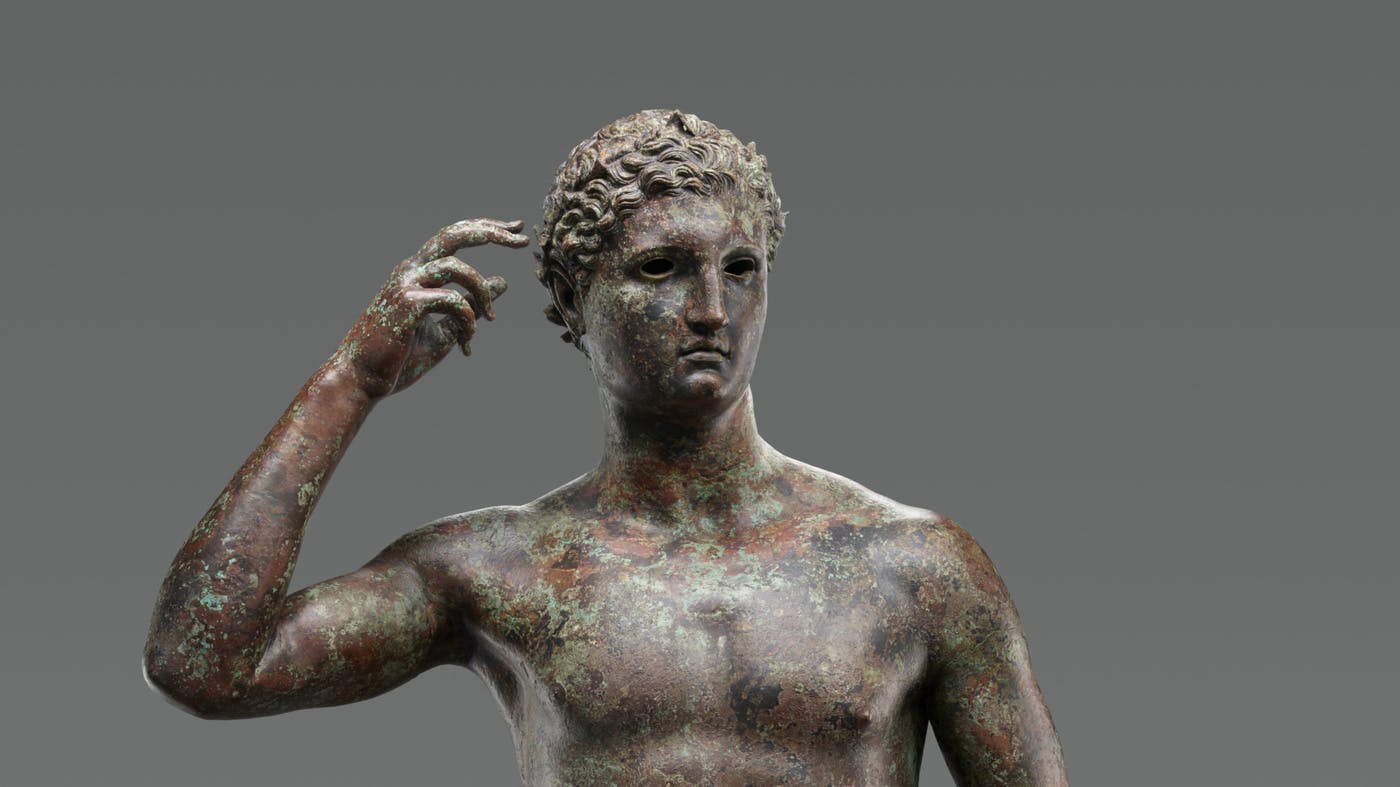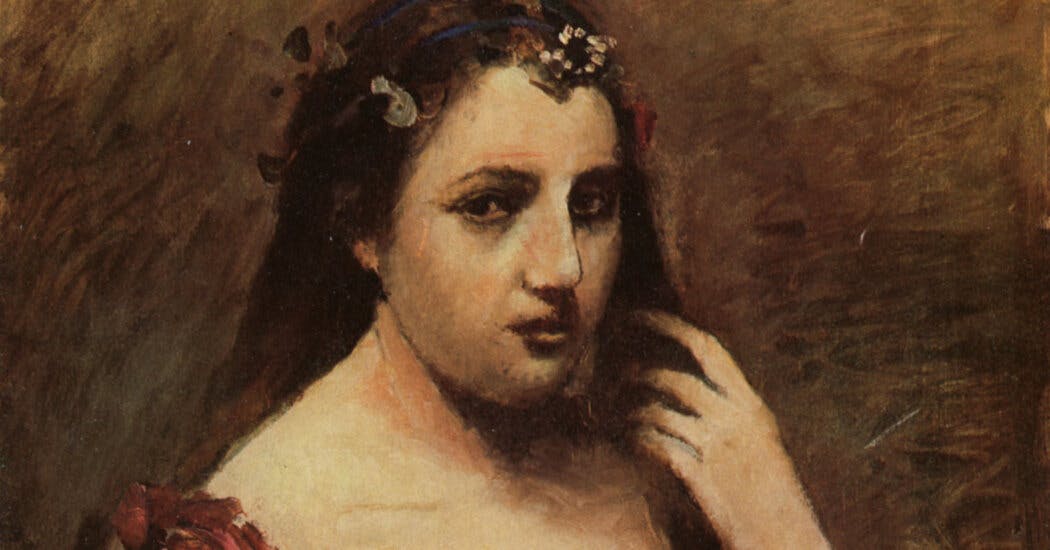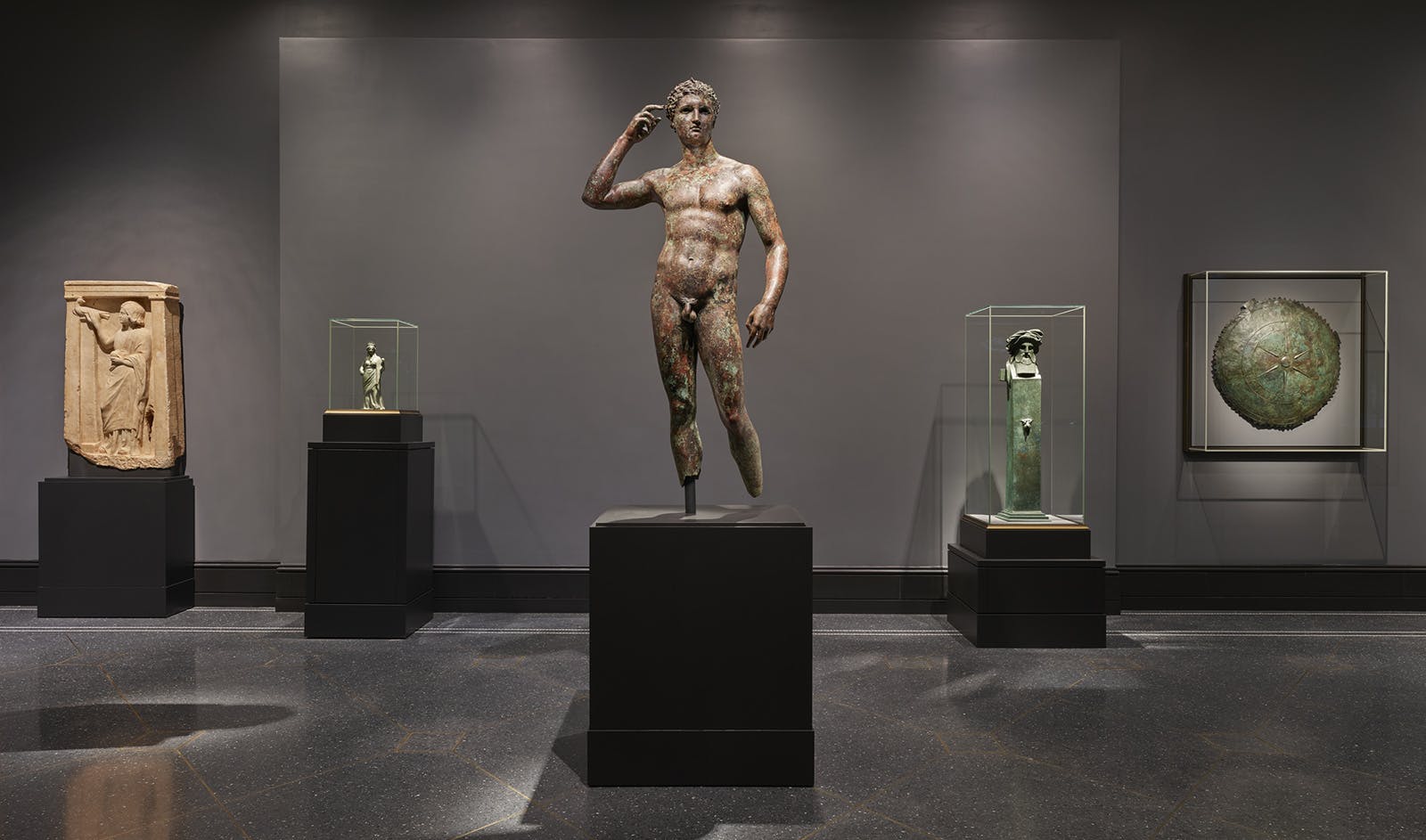
Over the years, many art restitution cases have unfolded across the art world and museum collections. Nonetheless, once in a while new developments emerge raising new questions on the jurisdiction limits and crossovers; and on the broader cultural, ethical, economic, and political implications of such issues. The top three, and most recent, art restitution controversies presented here include the quest to restitute Africa’s tangible cultural heritage that, in its vast majority, is located outside of the African continent, the longest-running art restitution legal dispute stemming from WWII, and the ownership controversy between the Getty Museum and Italy for a Greek bronze sculpture found under in the Adriatic Sea.
What is art restitution?
As explained by Christa Roodt in the article Restitution of art and cultural objects and its limits, art restitution claims are filed when the proprietary rights and ownership of art and material culture are at issue. These claims are filed on behalf of nations, groups of people, or individuals and frequently span many years involving local and international authorities, and expert teams of lawyers.
Importantly, while there have been international conventions and organizations created to form consensus for art restitution legal proceedings, to date there is still an absence of a uniform law or court where these issues can be settled. Frequently, when dealing with international restitution claims, the legal frameworks of different countries collide and overlap. Luckily, next to long-lasting legal battles, some items have also been restituted to their original owners as a sign of goodwill, usually, amid political and diplomatic pressures.
African art restitution: restitution or extended loan?

Up to 95 percent of so-called sub-Saharan African countries (the UN includes 46 of Africa’s 54 nations under this controversial term) tangible cultural heritage is located outside of this territory. For example, the Benin Bronzes (thousands of brass, bronze, and ivory sculptures and carvings created by specialist guilds working for the royal court of the Oba (king) in Benin City in what is now Nigeria); stuffed lions from Kenya; sculptures from Zimbabwe; and a myriad of statues, manuscripts, masks, and thrones are mainly located in European countries.
In recent years we have seen important developments aiming to restitute some of these objects to African countries. A critical moment was reached in 2017 when French President Emmanuel Macron commissioned a report to uncover this reality. As explained by Art-Critique, the report, known as the Sarr-Savoy Report, concluded that an estimated 80,000 African objects are now in France with an impressive 70,000 being located in Paris at the Musée du quai Branly–Jacques Chirac. Understandably so, this report made several headlines and triggered actions by the French government and some African countries.
On the French side, in 2018, President Macron declared that the conditions for either the temporary or permanent restitution of African cultural heritage held in French museums would happen within five years. As evidenced by Artnet News, one of the latest developments unfolded when, on November 4, the French Senate approved the return of 27 artworks to Benin and Senegal within one year. This move sets a historic precedent for the return of other valuable objects that once belonged to African countries and, most likely, will add pressure to requests from other countries as well. For example, last year Ethiopia requested the return of 3,081 cultural objects held in the quai Branly.
On the African continent, also in 2018, the Museum of Black Civilizations (MCN) opened in Dakar, Senegal. This museum documents the history of the Black world and is behind the latest efforts to restitute valuable artworks to the African continent, stated Gabrielle Hickmon from Condé Nast Traveler. However, some of the works that have made it to the museum were until recently extended loans and not restitutions. For example, in 2019, the French government loaned the sword of Omar Saidou Tall (a 19th-century military leader and founder of the short-lived Toucouleur empire) to the Museum and a few days ago approved its full restitution. Such events are paving the way for future proceedings and certainly are followed closely by other countries facing similar issues.
As could be expected, France is not the only country that has a significant number of African objects in its public collections. For instance, the British Museum owns some of the so-called Benin Bronzes looted from the Kingdom of Benin. The Museum´s approach is to put together long-term loans with Nigeria rather than repatriating the looted artifacts. This approach differs from the French, and is followed by the European parties involved in the Benin Dialogue Group(created in 2010 with the participation of Austria, Germany, the Netherlands, Sweden, UK, the Royal Court of Benin, and Nigeria).
2018 also marked a turning point for this group when participating countries agreed to lend works, including many of the Benin Bronzes, to the Benin Royal Museum, scheduled to open in Nigeria in 2023. While the works are not planned to stay indefinitely, the loan might eventually turn into a case of restitution if the right conditions are guaranteed, reported Artnet News. Additionally, the legislation approved by the French government will certainly add pressure to the decisions taken by this group.
Herzog family collection: the longest-running art restitution battle

During WWII more than 600,000 artworks, manuscripts, and cultural artifacts were stolen by Nazis, either from looting or forced sale. A myriad of art restitution battles from this era are still in motion and most of them are nested under the umbrella provided by the non-legally binding Washington Principles on Nazi-Confiscated Art (signed by 44 countries in 1998) and strengthened by the Terezin Declaration (signed by 46 countries in 2009). Some of these disputes have been turned into books and movies. For example, the book The Lady in Gold (2012) recounted the legal battle to restitute Gustav Klimt's portrait of Adele Bloch-Bauer, once owned by the Bloch-Bauers with the picture ending up in Vienna’s Belvedere Gallery. The case was then made into the movie Women in Gold , starring Helen Mirren, in 2015.
Amid this scenery, the longest-running art restitution battle resulting from WWII has been led for 75 years by the heirs of Baron Mor Lipot Herzog, a Hungarian banker whose collection was seized by the Nazis. The dispute was first filed in 1945 for a collection of 2500 artworks, Renaissance furniture, and tapestries, reported The New York Times. To this date, there have been 11 court decisions, 5 appeals, and 15 claims by 30 lawyers in the US, Hungary, Russia, Poland, Germany, and Switzerland. This private collection included works by famous artists like Goya, Velázquez, Renoir, and Gaugin that are still missing in Russia, Poland, France, and elsewhere. Particularly, in recent years, the heirs have focused on the return of the works held in Hungarian Museums (three El Grecos, a Courbet, and a Corot) with a value of $100 million.
The Hungarian government has repeatedly refused to give these works back stating that the Herzog’s are no longer the rightful owners of these paintings, an argument strongly disputed by the heirs. After appealing in 2010, the legal battle shifted to the US when three Herzog heirs filed a suit in the United States District Court for the District of Columbia, which was partly funded by the Commission for Art Recovery (established by Ronald Lauder in 1997 to help governments and museums restitute art stolen during the Nazi era). For years the issue has been whether the US has jurisdiction over claims involving state-owned foreign museums, however, the heirs argue that their property was taken in violation of international law, which grants an exception to the norm. According to The Art Newspaper, the case highlights Hungary’s highly-criticized resistance to restituting Nazi-looted art resting in government collections.
As we all await a resolution on the matter, the heirs have obtained victories on other fronts. For example, several years ago, Poland agreed to return a Courbet landscape that had been at the National Museum in Warsaw, which was later sold at Christie’s in 2014 for $545,000.
“Victorious Youth” Bronze Statue: The Getty Museum versus Italy

The Statue of a Victorious Youth, a more than 2,000-year-old Greek bronze, was acquired by the J. Paul Getty Museum in 1977 for nearly $4 million. This is considered to be one of the finest Greek bronzes to have survived from the classical era since most of the bronzes from that period are Roman copies. The latter explains why this sculpture has been the subject of a complex legal dispute between the Getty and the Italian government.
In 1964, the bronze was discovered by an Italian fisherman in international waters in the Adriatic Sea, and then smuggled out of Italy by allegedly burying it in a cabbage patch. Since 1989 Italy has been trying to gain ownership of the sculpture claiming that, since it was found by an Italian citizen it should be considered Italian property. More recently, in 2018, Italy’s highest court ruled that the bronze was Italian property and it should be returned.
However, the Getty remained unfazed to this decision and has repeatedly stated that the institution bought the statue through all of the legal channels and in good faith. After Italy's ruling, a representative of the Getty declared to The New York Times: “We will continue to defend our legal right to the statue. The law and facts in this case do not warrant restitution to the Italian government of a statue that has been on public display in Los Angeles for nearly a half-century.” While the Getty is strongly refusing to return this statue, since 2007, the institution has in fact returned more than 40 works from its collection to Greece and Italy often after questions were raised regarding the circumstances under which the works were acquired. Some of these returns were voluntary and in response to research done by Getty Museum staff, referred the LA Times.
This battle is far from over, given, as a response to the Getty’s, refusal the Italian government has added to their claim concerns over the Italian alleged rightful ownership of a 19th-century painting of the Oracle of Delphi, an ancient Roman mosaic floor decorated with the head of Medusa, and two stone lions, all resting in the Getty, described The New York Times. As another countermeasure, Italy also announced that it would vet future loans of works to the Getty Museum from Italian museums and collections. However, a show that opened this year at the Getty included many loans from Italian institutions. Even if this extensive loan was authorized the Italian government wants to sit down to further discuss the bronze´s fate.
We will continue following these three ongoing art restitution controversies and will keep you posted on new developments. As we have seen, the one controversy most likely to reach a conclusion, even if it’s temporary one via extended loans, is the African art restitution controversy. On the contrary, the two others are far from reaching any sort of final ruling.